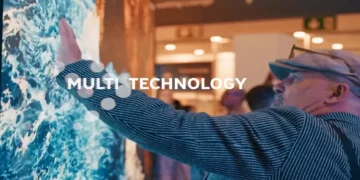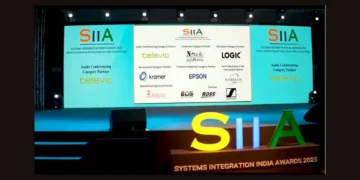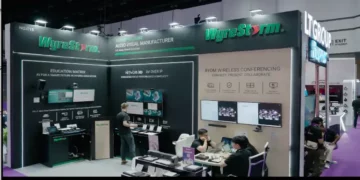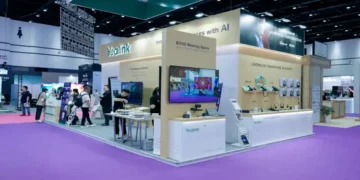GIANTSTEP is a content solutions company that produces some of the best visual content in Korea. The company specialises in using the latest innovative content technologies like AI-based virtual human production, real-time XR content, immersive real-time content and VFX. The company recently set up its XR studio.
In this, no holds barred interview, Choi Seong Ho, CTO of GIANTSTEP responsible for setting up the company’s XR Studio, comments, “To be honest, almost every process from design to operation was difficult.”
Mr Choi continues, “Let me break it into three specific areas – the studio design, installation and operation. We met up with several well-known LED manufacturers, did various test images with our camera, and compared their performance. This helped us with our studio design, as we wanted the optimal studio while simulating the camera’s angle of view and movement in full 3D. The most difficult point in the design stage was what criteria to use to select the LED. We formed a TFT to simulate various content creations and prepared for six months the items to be tested and to analyse the results. We tested various image qualities such as colour, brightness, colour reproducibility and sharpness the LED can express. We also measured the latency from real-time engine to LED data expression.”
Mr Choi highlights that in an XR Studio, the various systems, such as cameras, lighting and sound, as well as real-time engines, rendering systems, media control equipment, camera tracking systems, and network systems, have to act as one solution.
“Among them, the most difficult thing was to render dozens of high-resolution contents with a real-time engine and synchronise them as if it were a single screen. Because it is such a complex system, it required a lot of learning time for operators of various occupations such as the cameraman, system operators, content creation artists, and programmers to run the studio.”
GIANTSTEP’s XR studio features multiple high-resolution LG displays with a centre LED screen at 11,520 x 2,700 pixels, a top ceiling display at 1928 x1538 pixels, a bottom display at 2816 x 1408 pixels, and a right side display of 1920 x 1080 pixels. These displays power up with just one Analog Way Aquilon C+ image processor and one Analog Way Picturall Pro Mark II media player.
Play the video for the full interview.




















